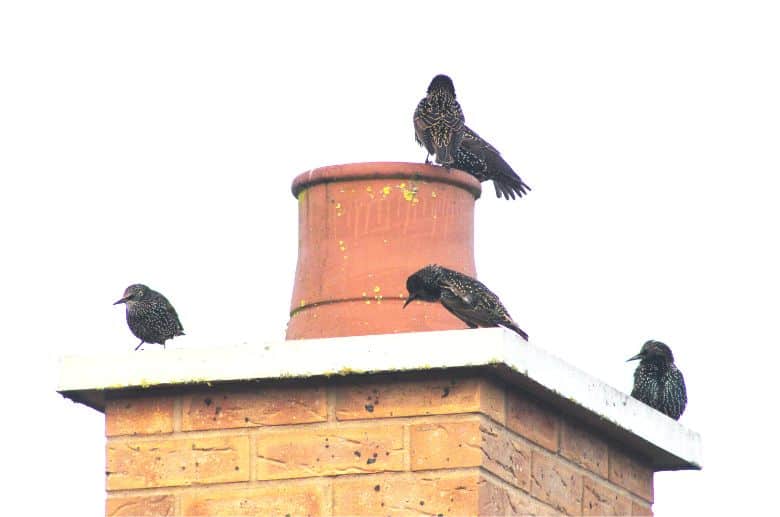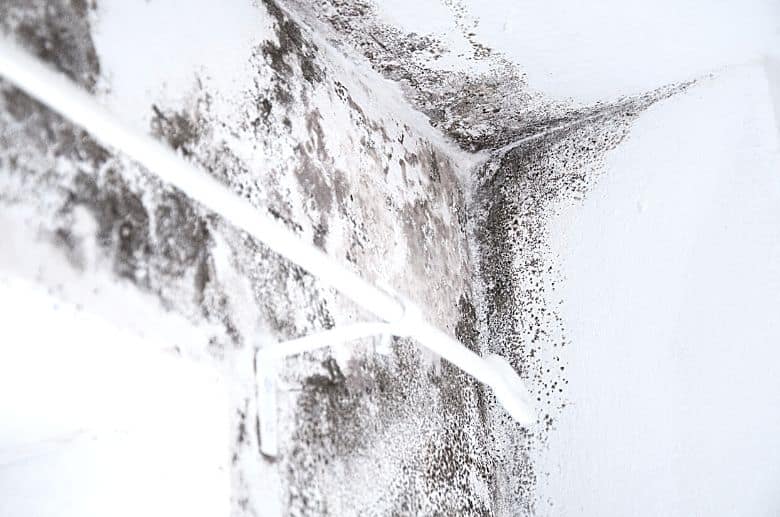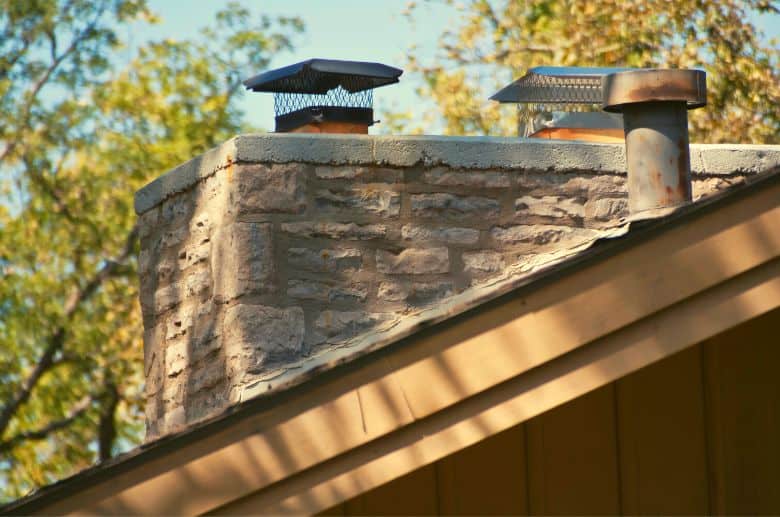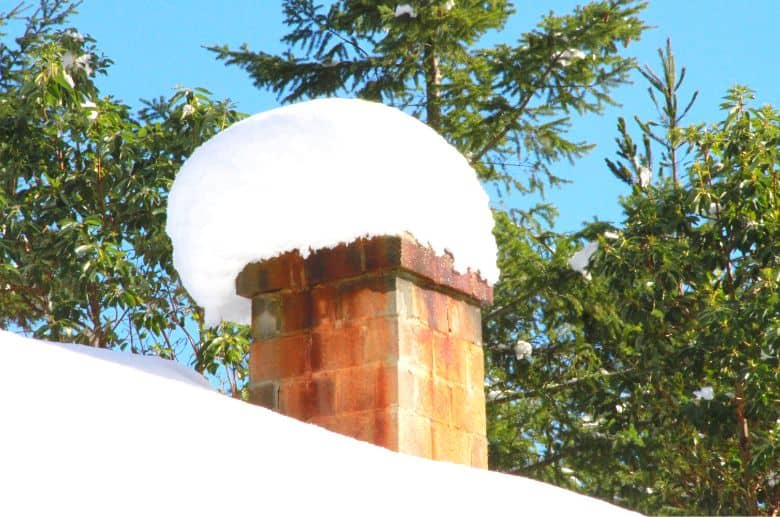Chimneys are often a forgotten part of the home. Many people don’t think about them until they need to use them; by then, it’s often too late. If you have an unused chimney on your property, it’s essential to take steps to cap it off.
It’s probably safe to say that most homeowners have considered sealing up an unused chimney at some point. After all, it seems like a logical way to prevent heat from escaping the home in the winter.
But is capping an unused chimney the best option? Here are five helpful answers explained
1. Should You Cap an Unused Chimney?
There’s absolutely every reason to cap an unused chimney. Failing to do so can result in all sorts of costly problems, like:
Animals May Access Your Chimney

The case of the capless chimney is an open invitation for all sorts of animals to enter and make themselves at home in your home. You may get raccoons, squirrels, birds, snakes, and other critters taking up residence in your flue or chimney itself.
These animals will not only cause damage to your property but could also transmit diseases. Capping your chimney can prevent animals from getting in and protect your family’s health.
Water Damage
An uncapped chimney is also susceptible to water damage. Water can seep into the bricks and mortar of your chimney, causing it to deteriorate and break down over time.
This can lead to expensive repairs or, in severe cases, the need to replace your chimney entirely.
Capping your chimney will keep water out and protect your investment.
Mold and Mildew Growth
An unused, capless chimney is the perfect environment for mold and mildew to take hold. It happens because the chimney is constantly exposed to moisture, which mold and mildew need to grow.
Not only are mold and mildew unsightly, but they can also cause respiratory problems for you and your family. Capping your chimney is the best way to prevent mold and mildew growth when you don’t use your fireplace.

Debris and Moisture
Another problem with an unused and open chimney is that it can fill up with all sorts of debris, like leaves, twigs, and acorns. This debris can then hold moisture, which can lead to all the problems we’ve already discussed, like water damage, mold and mildew growth, and animal infestations.
Heat Loss
An uncapped chimney is also a significant source of heat loss in your home. That’s because the warm air inside your home can escape up the chimney, making your home less energy-efficient and costing you more money on your energy bills. Capping your chimney will help reduce heat loss and keep your home more comfortable.
The bottom line is that capping your chimney is always a good idea, even if you don’t use your fireplace. It will save you money in the long run and keep your family safe and healthy.
——
Do You Need to Hire Chimney & Fireplace Expert?
Get free quotes from qualified experts near you. No commitment required!
——
2. Does a Capped-Off Chimney Need to be Vented?

The short answer is yes. Though capping your chimney will block some of the drafts, it won’t stop all of them. That’s why it’s important to vent your capped chimney.
One way to do this is to install a chimney cap with a built-in vent. These caps allow air to flow freely while keeping out animals and moisture.
If you’re unsure whether your capped chimney needs to be vented, check with a professional. They can help you determine the best way to keep your home safe and comfortable.
3. Can You Cap an Unused Chimney?

Capping an unused chimney is a DIY job that you can do to prevent animals, water, and snow from entering your home. However, you can always hire a professional if you’re uncomfortable doing it yourself.
With professional capping, you can rest assured that your chimney will be adequately sealed and won’t present any safety hazards. But if you’re more inclined to do it yourself, we don’t discourage your efforts.
The tips in the next section helps make capping your unused chimney easy and efficient. Keep reading to learn more!
4. How to Cap Off Unused Chimneys ( Step-by-Step Guide)
There are different ways to seal an unused chimney, but the most effective approach is to use a chimney cap. This will seal off the top of the duct and prevent any water or debris from entering.
DIY Warning
If you’re comfortable working on your roof, capping your chimney is a relatively easy job that you can do yourself. But before you begin, here are a few things to keep in mind:
- Make sure you have the right tools and safety equipment. You’ll need a ladder, hammer, screwdriver, drill, caulk gun, and chimney cap.
- Inspect your chimney and roof before starting. Look for cracks or damage that could make the job more difficult or dangerous.
- Be cautious when working on your roof. It’s easy to slip and fall, so take your time and be careful.
——
Do You Need to Hire Chimney & Fireplace Expert?
Get free quotes from qualified experts near you. No commitment required!
——
Step 1: Remove the Damper
The first step is to remove the damper from the chimney. This metal flap seals off the duct when not in use. To remove it, unscrew the bolts holding it and place the damper aside. If you have a top sealing damper, open it by pulling on the chain that hangs inside your fireplace.
Step 2: Make a Template on Top of the Chimney
Using sheet metal, make a template of the chimney opening. You will use this to make the cap.
The best way to do this is to place the sheet metal over the top of the chimney and trace around the opening with a pencil or marker.
Step 3: Cut the Cap to Fit the Chimney Opening
Once you have your template, use it to cut out the cap. You can use a metal saw or power drill with a metal-cutting blade to make the cuts. Be careful not to hurt yourself.
Step 4: Attach the Cap to the Chimney
Now it’s time to attach the cap to the chimney. First, apply a generous amount of caulk around the edges of the opening.
Press down on the cap to make sure it’s securely in place. This will ensure you get an airtight seal that will prevent water and debris from entering.
Step 5: Put the Damper Back
Finally, replace the damper and screw it back into place. Once it’s securely in place, your chimney is now capped off! Wasn’t that easy?
If you follow these steps, capping your unused chimney will be a breeze. But if you’re not comfortable doing it yourself, you can always hire a professional to do the job for you. Thanks for reading!
5. How Much Does it Cost to Cap-Off an Unused Chimney?
The cost of capping off an unused chimney depends on the size and type of the chimney. The most common type is a masonry chimney, which ranges in price from $500 to $1,200. If you have a metal chimney, the cost will be about $200 to $400. Finally, if you have a prefabricated chimney, the price will be about $150 to $250.
If you’re unsure about which type of chimney you have, your best bet is to contact a professional for an inspection. They’ll be able to identify the type of chimney you have and give you an accurate estimate for capping it off.
Conclusion
Capping an unused chimney is a great way to save money on your energy bills and keep your home safe. But as explained, it’s not a job to be taken lightly, and it’s crucial to ensure you have the right tools and safety equipment before beginning.
And if you’re uncomfortable doing it yourself, don’t hesitate to hire a professional.






